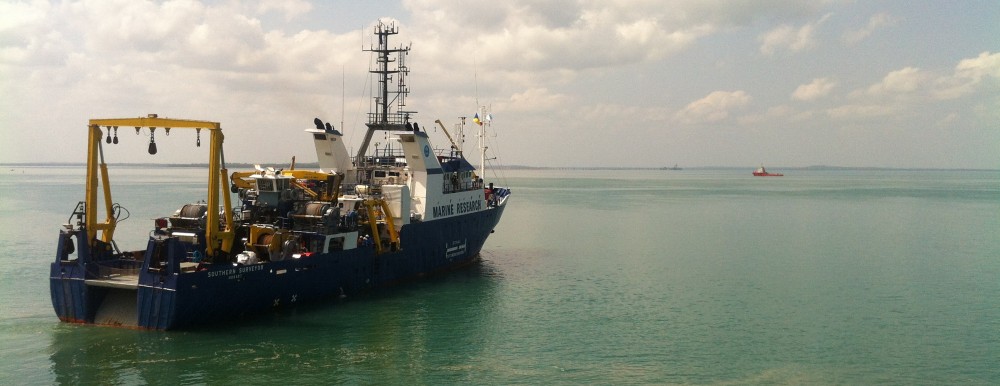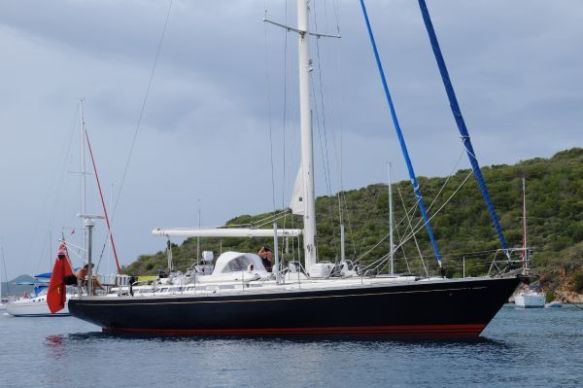For all the latest on the Indigo V Expedition please see the blog
Read more about the Indigo V Expedition in these articles featured in the Sydney Mercury Herald and the UNSW Newsroom
In the spirit of the Global Ocean Survey, and other major expeditions such as Tara Oceans, Indigo V will leave Cape Town this May and over the course of six months sail to Singapore, examining the microbes inhabiting some of the most under-sampled waters on the globe. This will be an example of an “Algal”roots oceanographic campaign, utilising inexpensive, flexible and robust equipment.
Participants and Colleagues
Federico Lauro Rachelle Jensen Mark Brown Joe Grzymski Russell Neches MIchael Givskov Diane McDougald Aaron Darling Jacob Senstius Ray Pennotti Justin Seymour Jaume Bibiloni Isaaksson Lauren Messer Brett Neilan Ian Paulson Martin Ostrowski Sophie Mazard Gayle Philip Ron Hoeke
Dates
Depart Cape Town – Arrive Mauritius
Depart Mauritius – Arrive Maldives
Depart Maldives – Arrive Phuket
Depart Phuket – Arrive Singapore
Scientific Objectives
We have many and varied objective for the voyage and will continue to articulate them as we get time and confirmation
Proof of concept – open source, crowdsourced microbial oceanography
Oceanography has long been an extremely expensive discipline. Oceanographic vessels generally cost >$100,000 a day to run, and scientific equipment such as Niskin arrays, CTD sensors, phD students (ha – joking) etc are similarly costly.
The ultimate goal of the Inidgo V Expedition is to show that new technology provides almost anyone with the opportunity to undertake scientifically rigorous oceanographic sampling. We plan to raise awareness as to both the importance and the accessibility of ocean sampling, encouraging ships/ yachts of opportunity to get equipped and sample as they go. Every day there are thousands of manned vessels of opportunity that cruise the ocean (see the map below) and we hope one day to turn them into in situ marine microbe monitoring platforms!

Each red dot represents one report of a yacht undertaking an ocean cruise (source http://www.pangolin.co.nz/ocean_passages)
Impact of shipping on ocean microbes.
Ships are constantly travelling the ocean, and as they sail they leave behind traces of iron and other metals that are not always abundant in seawater, especially in the tropics. These metals (or the lack of them) are often limiting factors to the growth of ocean microbes. During our leg from the Maldives to Phuket we sample in the busiest shipping lane in the world (bright orange lines in the map below). By comparing these samples to those taken just outside the shipping lane we can identify how the deposition of iron impacts the local microbial community. An recent re-analysis of data from the GOS showed that while “the affinity of phosphate transporters is related to the concentration of phosphate .. the occurrence of iron transporters is connected to the amount of shipping, pollution, and iron-containing dust (Patel et al 2010).
Influence of Nitrogen Fixation on Primary Productivity in the Indian Ocean
References
Patel PV, Gianoulis TA, Bjornson RD, Yip KY, Engelman DM, Gerstein MB (2010) Analysis of membrane proteins in metagenomics: Networks of correlated environmental features and protein families. Genome Biology 20 : 960-971



